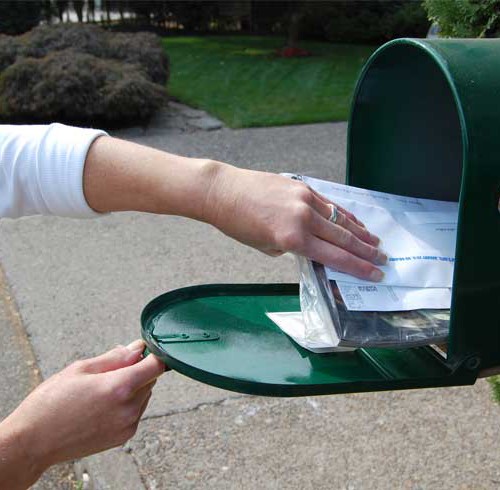Google Will Reportedly Be Adding Buy Buttons To Mobile Search Ads Soon

Is Google about to start competing head-on with Amazon and eBay? According to a report from The Wall Street Journal, the long-rumored evolution of Google Shopping into a marketplace to compete with online retailers is getting closer, as “Buy” buttons could start appearing on select Google mobile search ads in the coming weeks.
Citing anonymous sources, The Wall Street Journal explained Macy’s is among the retailers that will be part of the launch. If the report is accurate, and the addition of buy buttons on Google Shopping ads on smartphones comes to fruition, it would truly transform the function of the engine from being a referrer of e-commerce traffic to a transactional middleman.
Many people in the digital marketing and retail sectors see this move as highly controversial, as Google’s direct involvement in the buying process could give the company access to valuable sales data, as well as interfering with retailers’ relationships with their customers.
How will the actual process work?
“If shoppers click on the buy buttons, they will be taken to another Google product page to complete the purchase,” wrote The Wall Street Journal. “On that page, they will be able to pick sizes and colors and shipping options, as well as complete the purchase, one of the people said. The products will still be provided and sold by retailers, rather than by Google. Retailers including Macy’s Inc. are in talks with Google about taking part in the launch, the people added. A Macy’s spokesman didn’t respond to a request for comment on Friday.”
Google first mentioned the possibility of this initiative last December, although some of the details seem to have changed since that time. It appears now that Google will initially be testing this only on the mobile version of its results pages, and not on desktop, and the feature will only be running on a small percentage of search traffic, at least initially.
The company does already aggregate product pricing information and provides sellers with a method for promoting their stores through Google Shopping. However, one primary difference with the new buy button is that customers will now be able to make a purchase without ever visiting the store’s website, whereas in the past a user would be taken elsewhere from Google Shopping to make an actual purchase. This is an important detail, as retailers generally want to retain control over customer information, and also, they know that consumers may choose to purchase additional items that they see when visiting the store’s website. The Wall Street Journal’s report explains Google is attempting to alleviate both of these concerns by providing the option for consumers to share their data with the stores, including payment information, and will also offer the ability for other items from those retailers to pop up on the special store pages.
It’s hard to know whether or not these considerations will be enough to interest large retailers. For example, when Google launched its Trusted Stores program, it required retailers to share order and shipping data feeds with the search giant in order to participate, which was met with great reluctance from many companies. Once Google removed the data-sharing rules, it is said that participation increased significantly.
On the other side, advertisers that participate in the Google Shopping initiative will not have to forego a percentage of the transaction, which sets it apart from Amazon and eBay. According to the report, Google will instead continue to charge per ad click. If this information is correct, it may prove to be helpful in interesting large retailers that have resisted Amazon participation, but understand the value in reducing consumer friction in the buying process, especially on mobile devices.
It’s an interesting move for Google, and it could certainly help the search giant to compete with online marketplaces such as Amazon and eBay. However, the possibility of resistance from retailers over concerns about lessening their relationships with their customers is likely to be difficult to overcome, and it may prove to be hard for Google to position its buy buttons as the primary place where consumers make purchases.












Warning: count(): Parameter must be an array or an object that implements Countable in /home/pg4b1yzvrqqo/domains/test.drivingsalesnews.com/html/wp-includes/class-wp-comment-query.php on line 399